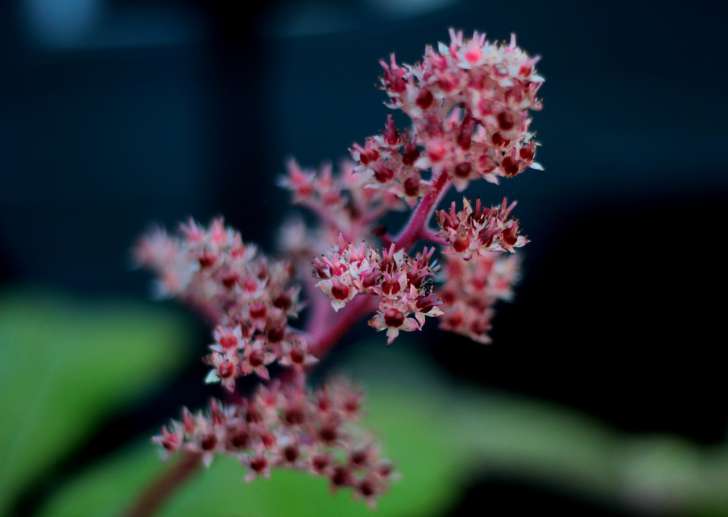Rogersia: Growing and Care
Rogersia blooms in July with white and pink flowers in densely packed paniculate inflorescences rising above the leaves.
The plant grows by roots and can occupy quite a significant space.
You can also divide the bush yourself or take cuttings of Rogersia to propagate the flower.
Caring for Rogers in the open ground
During drought, the bush benefits from sprinkling in the morning and evening.
It is important that complex regular fertilizing includes not only the standard set of potassium, nitrogen and phosphorus: the plant additionally needs iron, sulfur, zinc, copper, molybdenum, magnesium.

How to water Rogers
The plant does not require special growing conditions and overwinters well in open ground.
Rogersia is a moisture-loving plant; prolonged droughts can be detrimental to it.
It should be watered every other day in the absence of precipitation.
When to prune Rogersia
Complete pruning of the bush is carried out at the end of the warm season, with the onset of autumn: all flower stalks and leaves are removed to the very root.
How to feed Rogersia in spring
The first feeding of Rogers is carried out immediately after the snow melts in the spring.
The soil is enriched with organic matter, generously adding humus.
Previously, we talked about the signs of an infected apricot tree.
